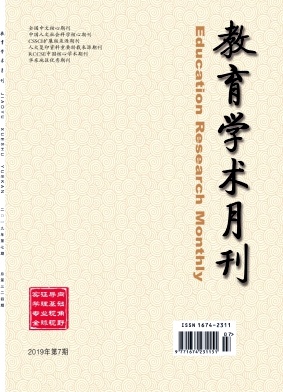摘要 目的总结中国颅内出血影像数据库(CICHID)中自发性脑实质出血患者的人口学和基础影像学特征,初步评估CT平扫血肿体积变化的影像学资料、对比分析血肿体积变化的差异。方法纳入2016年1月至2020年6月CICHID数据库中共831例脑出血患者,分为血肿扩大组(血肿体积增加≥6 ml)和血肿未扩大组(<6 ml),并以血肿体积变化值3、6和12.50 ml作为分组截点分为血肿体积缩小/无变化组(A组)和血肿体积变化值<3 ml组(B组)、3~5.99 ml组(C组)、6~12.49 ml组(D组)、≥12.50 ml组(E组),以血肿体积变化率26%和33%作为分组截点分为血肿体积缩小/无变化组(A组)和血肿体积变化率<26%组(F组)、26%~32%组(G组)、≥33%组(H组),对比分析不同血肿变化体积时的人口学和影像学特点。结果831例患者中155例发生血肿扩大,血肿扩大发生率为18.65%。与血肿未扩大组相比,血肿扩大组出血破入脑室比例更高(χ2=20.812,P=0.000)、第1次测量血肿体积更大(t=⁃6.148,P=0.000)、CT扫描时间间隔更短(t=2.306,P=0.021)。以血肿体积变化值3、6和12.50 ml作为分组截点,各组之间出血破入脑室比例(χ2=50.043,P=0.000)、第1次测量血肿体积(H=97.129,P=0.000)和CT扫描时间间隔(F=4.300,P=0.002)差异均具有统计学意义,其中,血肿体积变化值为3~5.99 ml组、6~12.49 ml组和≥12.50 ml组出血破入脑室比例(P=0.014,0.005,0.000)、第1次测量血肿体积(P=0.000,0.000,0.000)均高于<3 ml组,≥12.50 ml组CT扫描时间间隔短于<3 ml组(P=0.000)。以血肿体积变化率26%和33%作为分组截点,各组之间仅出血破入脑室比例差异有统计学意义(χ2=15.649,P=0.001),其中,血肿体积变化率≥33%组高于<26%组(χ2=10.304,P=0.001)。结论自发性脑实质出血患者发病24小时内血肿扩大发生率为18.65%,出血破入脑室、首次测量血肿体积较大和两次CT扫描时间间隔较短可能是导致血肿扩大的影响因素。 Objective To explore the imaging data of spontaneous intraparenchymal hemorrhage(sIPH)extracted from the Chinese Intracranial Hemorrhage Imaging Database(CICHID),and analyze the distribution of characteristics and features of hematoma expansion(HE)in patients with more than one non⁃contrast CT within 24 h.Methods There were 831 patients who received recurrent head CT scans involved the inclusion criteria analyzed from January 2016 to June 2020.The cutoff of HE was defined as 6 ml,and the patients were divided into HE group(≥6 ml)and non⁃HE group(<6 ml)to explore the characteristics of patients and their imaging.To explore more features,the HE group was subdivided into groups.According to the cutpoints of the expansion volume in hematoma volume,the groups were subdivided into group A(reduce/no change),group B(<3 ml),group C(3-5.99 ml),group D(6-12.49 ml)and group E(≥12.50 ml).According to the expansion rate in hematoma volume,there were group F(<26%),group G(26%-32%)and group H(≥33%).Results Among 831 patients,there were 155 patients(18.65%)with hematoma expansion.Compared to non⁃HE group,the patients in HE group had larger initial hematoma volume(t=⁃6.148,P=0.000),higher rate of hematoma breaking into ventricle(χ2=20.812,P=0.000)and shorter interval time between CTs(t=2.306,P=0.021).When subdivided as 3,6 and 12.50 ml,there were significant differences among the groups,which including initial hematoma volume(H=97.129,P=0.000),rate of hematoma breaking into ventricle(χ2=50.043,P=0.000)and interval time between CTs(t=2.306,P=0.021),the initial hematoma volume(P=0.014,0.005,0.000)and the rate of hematoma breaking into ventricle(P=0.000,0.000,0.000)in 3-5.99 ml group,6-12.49 ml group and≥12.50 ml group were higher than<3 ml group,the interval time between CTs in≥12.50 ml group was shorter than<3 ml group(P=0.000).And subdivided as 26%and 33%,only the rate of hematoma breaking into ventricle showed significant difference among groups(χ2=15.649,P=0.001).Conclusions In the studies,there was
机构地区 广东省东莞市人民医院神经外科 中国医学科学院
出处 《中国现代神经疾病杂志》 CAS 北大核心 2021年第3期185-191,共7页 Chinese Journal of Contemporary Neurology and Neurosurgery
分类号 R65 [医药卫生—外科学]




